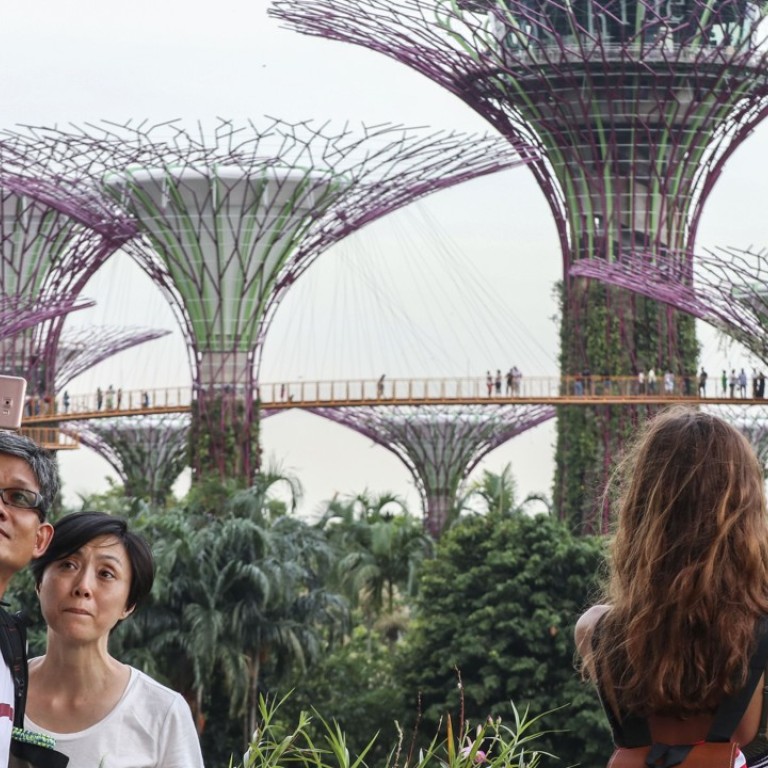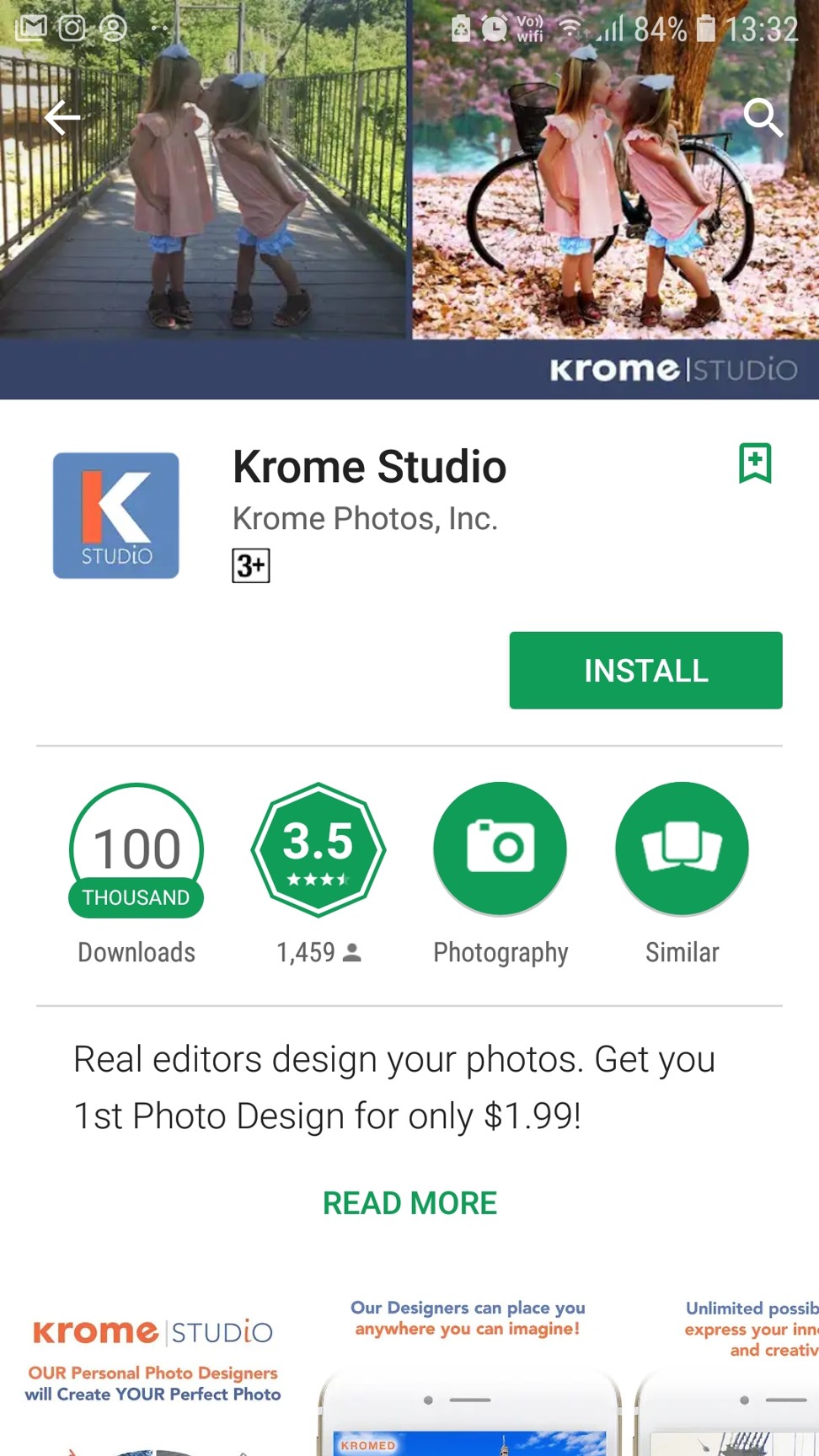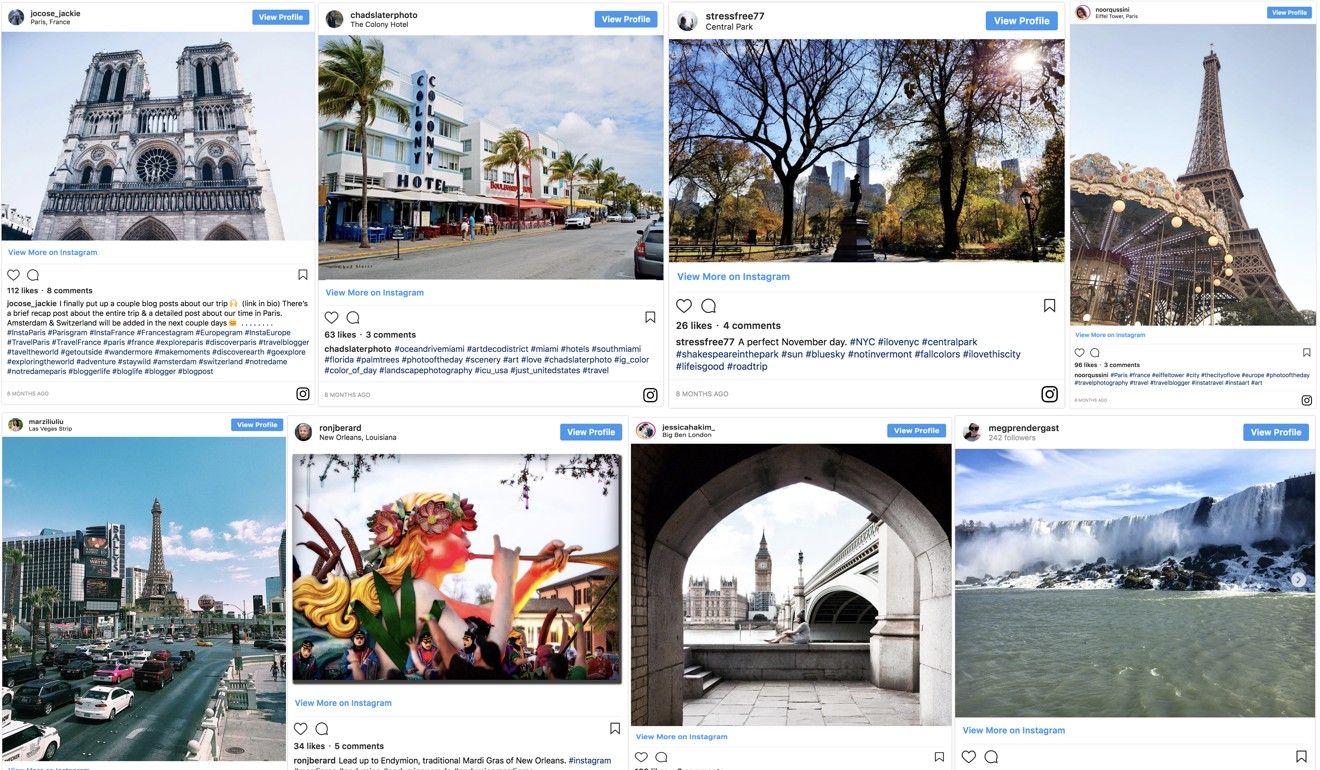
The cheat app for Instagram travel braggers that Photoshops you into the world’s top attractions
Millennials chasing photo likes no longer need to travel to those jealousy-inducing destinations. An app that uses artificial intelligence hooks you up with a professional photo editor who can place you in a scene of your choice
There was a time, not so long ago, when your travel destination determined your photos. Now, experts say, your photos increasingly determine your travel destination.
That’s because Instagram has turned “travel bragging” – posting alluring images from exotic locales to one-up your followers – into something of an art form.

Amass enough followers and you could gain influencer status, allowing you to leverage your social media clout to travel the world, perhaps in luxury.
That goal may partly explain why surveys from around the world are beginning to show that significant numbers of millennials spend multiple hours a day on their smartphones while travelling and would prefer posting jealousy-inducing selfies to photos with loved ones.

Now companies are beginning to capitalise on the pressure to post awe-inducing photos on social media as well. Among the most successful is Krome Photos, a photo editing website that uses artificial intelligence to pair people with professional photo editors who can take your images and transform them to make it look like you’re anywhere in the world. The cost of edits range between US$3 and US$12 and most take between 12 and 24 hours.
The three best gadgets to improve your Instagram travel videos
“Anything is possible,” the company’s website says.
“In the old days our car or our house represented who we were,” says Eduardo Llach, the company’s chief executive and founder, who compared his employment model to Uber. “Now, your online persona is everything and people are realising that photos give you the ability to create whoever you want to be.”

For some people, Llach says, that means creating detailed images that place them in iconic locations around the world, images in which lighting is perfected, teeth are whitened and skin is tanned.
For others, the service is a chance to create imaginative scenes that would require Photoshop expertise and a significant time investment to create on their own. Editors can also remove an object from an image, swap one head for another, correct colour, alter the background, add people or merge multiple images.
Examples of Instagram pictures tagged #travelbrag
As people become more image conscious online, he adds, the primary forces driving people to his site are Instagram and Facebook.
Llach says his customers range from social media influencers posting doctored travel photos to a mother who uses the service to create elaborate images with her children. Before Krome she had about 20,000 followers, Llach says, and now she has around 150,000.
“Instagrammable really means, ‘Am I taking a photo of something that I want someone to – quite frankly – be a little jealous of?’ We here call it a ‘hashtag travel brag,’” says Jennifer Dohm of Dallas-based Hotels.com.
Instagram worst social media for youth mental health, study says
“We have a survey that we did that shows nearly a third of millennials in the US say that while they’re travelling, they’re tracking how many likes they’re getting on their Instagram photo,” she adds. “So, people really care that there’s some interaction there.”
For some, Instagram filters are already passé. Now, Llach notes, people are beginning to bypass conventional filters and editing apps on their smartphone and relying instead on artificial intelligence.
“What we’ve done is added machine learning that takes your photo and compares it to 300,000 other consumer-submitted photos to give you a suggested design and background,” Llach says.
“Once you’ve chosen a background, you can make custom requests, such as brightening your teeth or softening your skin and then our AI will find the best editor for your particular requests.”

